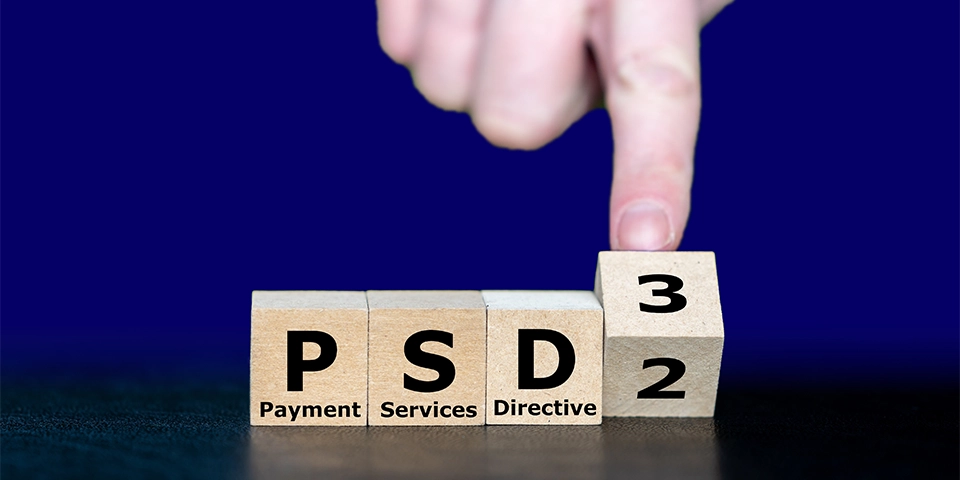PSD3 is the next evolution of the EU Commission’s payment services regulatory framework, aiming to create a more secure, integrated and efficient EU payments market. It builds on the foundations established by PSD1 in 2007 and PSD2 in 2015.
A key structural change is its split into two parts:
- Payments Services Directive 3 (PSD3): This directive focuses on the payment service providers’ operations, particularly the authorisation and licensing of payment institutions and e-money providers. Once the PSD3 Directive is published by the European Commission and formally adopted, each EU Member State will be required to transpose it into their national legislation within a specified timeframe. The directive text will explicitly state the deadline for transposition, typically 18 to 24 months from that publication date.
- Payment Services Regulation (PSR): This directive outlines the operational framework and conduct requirements that payment service providers will need to follow. Once the PSR is published in the Official Journal of the EU following formal adoption, it will become directly applicable and binding in all EU Member States without the need for national transposition - implementation can begin immediately or from the specific date set in the regulation.
PSD3 modernises the existing payments regulatory framework, responding to the fast pace of innovation and digitisation in the sector. It will work alongside the upcoming Financial Data Access (FiDA) regulation, which extends open finance beyond payment accounts to include savings, mortgages, pensions, investments, insurance and other financial services.
One of the biggest changes to PSD3 is the consolidation of regulatory frameworks. The current E-money Directive will be scrapped and e-money institutions will become a sub-category of Payment Service Providers (PSPs).
PSD3 will also update rules regarding Strong Customer Authentication (SCA). For example, PSD2 required two methods of identification from different categories (knowledge, possession and inherence). But the current PSD3 document draft (which is subject to change) suggests that two authentication factors from the same category will be allowed (e.g. two knowledge-based factors such as a password and a memorable word).
It will also improve accessibility for elderly people, those on low-incomes and people with disabilities by ensuring authentication doesn’t solely rely on smartphones.
